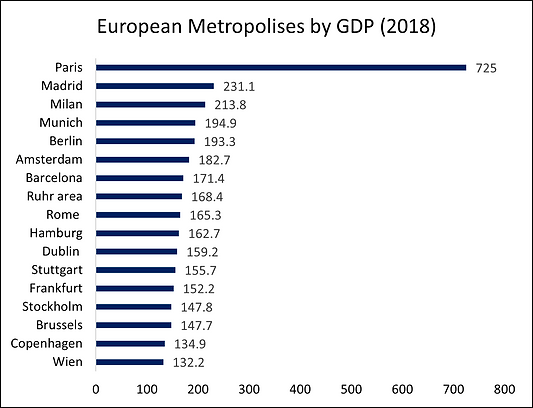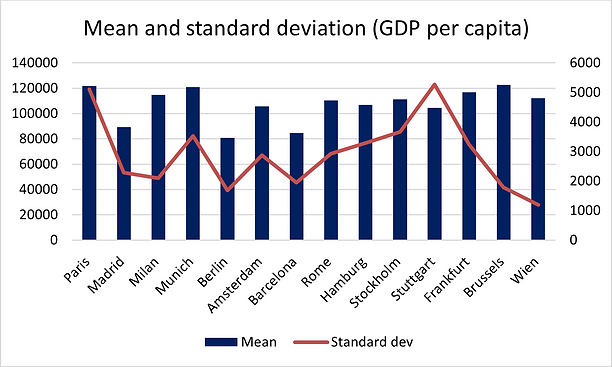
How important is the knowledge economy within urban areas?
Urbanization is a phenomenon that affects life on our planet anywhere in the world. From the modern metropolises of the old world to the bombastic Asian cities, new New Yorks present themselves to the world with all their technological innovation at the service of many people concentrated in a limited space. At the same time, we have seen how innovation and knowledge management in general can be fundamental to the economic success of a state, a region and even a single city. In fact, although some academic studies since the second half of the last century have highlighted the link between innovation, entrepreneurship and the economic growth of states, these dynamics seem to be amplified when the field of observation narrows on different regions.
In general, the work of researchers such as Solow, Romer and Barrow has been very useful in the debate on the role of innovation as a driver for economic growth, while Schumpeter identified new businesses as the true protagonists of development, proposing the definition of creative destruction.
But what role does innovation play with respect to the economic condition of cities? Above all, what are the best predictors of economic differences between cities and between different regions? Why are we accustomed to seeing cities as places at the forefront of technology compared to rural areas?
Domenico Punelli‘s paper seeks to answer these questions through the collection and study of data to better understand the phenomenon of the knowledge economy within metropolises. The focus of this research will be only on European cities to achieve a greater degree of uniformity in the data.

Specifically, the best performing cities (total GDP) in 2018 were chosen and data was collected using the OECD and Eurostat databases. As economic indicators, was used GDP per capita and labor productivity, calculated according to the OECD as total GDP divided by labor force.
Unfortunately, collecting the data proved to be particularly difficult in some cases and so the author had to restrict the sample to 14 cities (Paris, Madrid, Milan, Munich, Berlin, Amsterdam, Barcelona, Rome, Hamburg, Stuttgart, Frankfurt, Stockholm, Brussels, Vienna). The years of observation, however, range from 2004 to 2011. Using data over multiple years ensures a more detailed description of the phenomena observed and can prove to be an excellent strategy for gathering more information.
Once the database was completed, the first regressions have been constructed, using variables related to entrepreneurship, innovation and human capital as explanatory variables and economic indicators as dependent variables. The insignificant variables were gradually eliminated and the variables that, taken together, created multicollinearity problems werer alternated in the regressions.
Finally, the time effect was examined using X variables to explain how much they impacted the economic indicators 3 years later.

One of the most significant variables was found to be the number of procedures to create an activity, which has a negative effect on the economic performance of cities. It is interesting to think how a decision taken at national level can have a strong predictive value on the fate of the metropolis.
Conversely, the percentage of people who have completed secondary education has a positive effect on GDP and labor productivity, as does the percentage of scientists and engineers in total employment and the percentage of people employed in knowledge-intensive industries.
Against the initial assumptions, the percentage of college graduates is not significant in explaining economic differences between cities, but the percentage of people holding degrees in scientific fields appears to be decisive. These data, if confirmed, may prove to be good insights to stimulate economic activity in cities.
On the other hand, the areas where the concentration of innovation is lower, have a competitive disadvantage that must be overcome with the help of intervention by planners. The European Union, aware of the differences that exist within its own community, has decided to address this issue by adopting a strategy called ‘smart specialization’. The stated goal is to build new innovative activities based on the regions’ existing strengths. While this strategy has a good logic, it limits the ability of regions to absorb knowledge from other areas to create positive externalities within their own territory.
Watch the video to know more about it!


